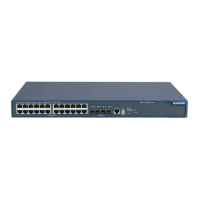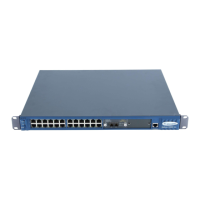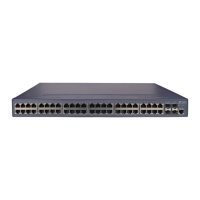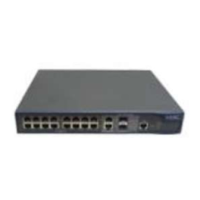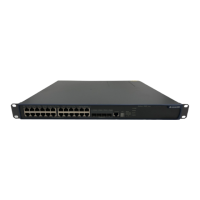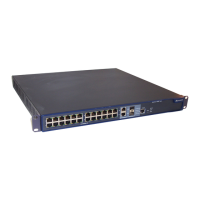Operation Manual – Multicast Protocol
Quidway S3900 Series Ethernet Switches-Release 1510 Chapter 7 PIM Configuration
Huawei Technologies Proprietary
7-6
Source
Ethernet
DR
RP
Hello
Hello
Hello
Hello
Hello
Hello
Hello
Hello
Register
User A
User B
Hello
Hello
Hello
Join
Register Message
Hello Join
DR
Ethernet
Ethernet
Figure 7-3 Diagram for DR election
Each router on the shared network sends Hello messages with the DR priority option to
each other. The router with the highest DR priority is elected as the DR in the network.
If the priority is the same, the router with the highest IP address is elected as the DR.
When DR fails, the received Hello messages will time out. A new DR election procedure
will be triggered among neighboring routers.
Note:
In PIM-SM network, DR mainly serves as the querier of IGMPv1.
III. RP discovery
RP is the core router in the PIM-SM domain. The shared tree established based on the
multicast routing information is rooted in RP. There is a mapping relationship between
the multicast group and RP. One multicast group is mapped to one RP, and multiple
multicast groups can be mapped to the same RP.
In a small and simple network, there is only little multicast information. One RP is
enough for information forwarding. In this case, you can statically specify the position of
RP in each router in the SM domain.
However, PIM-SM network is of very large scale. RP forwards a lot of multicast
information. In order to reduce the workload of RP and optimize the topology of the
shared tree, different multicast groups must have different RPs. In this case, RP must
be elected dynamically through the auto-election mechanism and BootStrap router
(BSR) must be configured.
BSR is the core management device in PIM-SM network, which is responsible for:

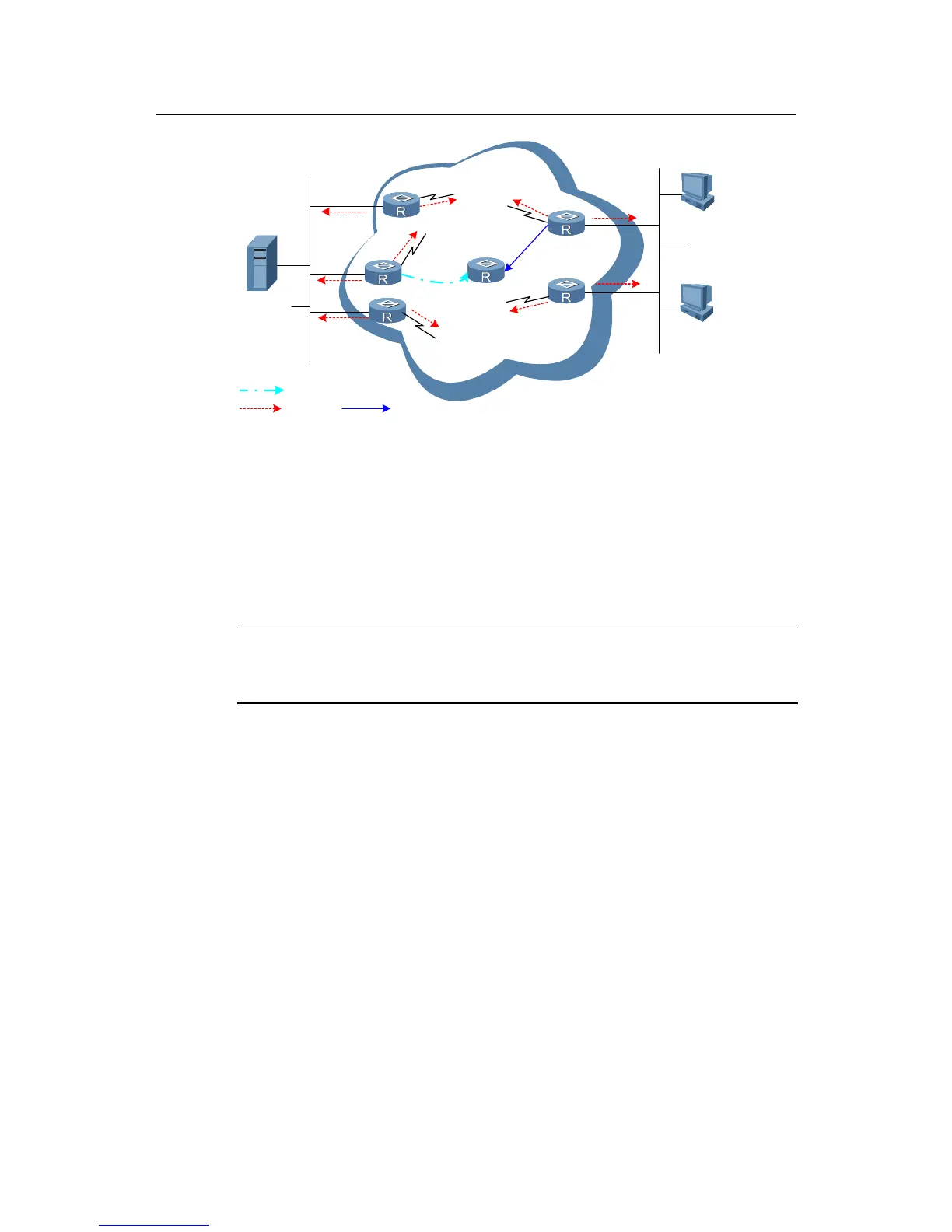